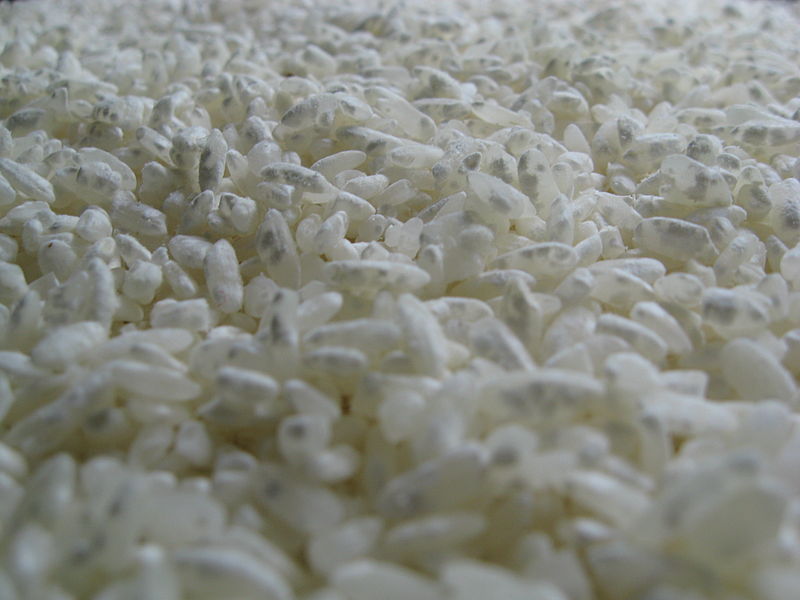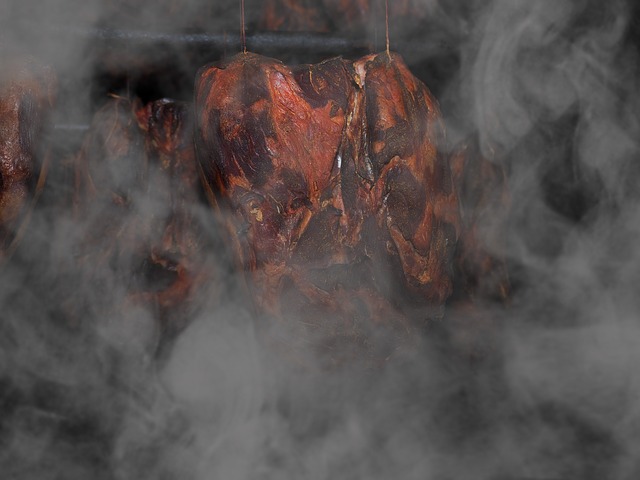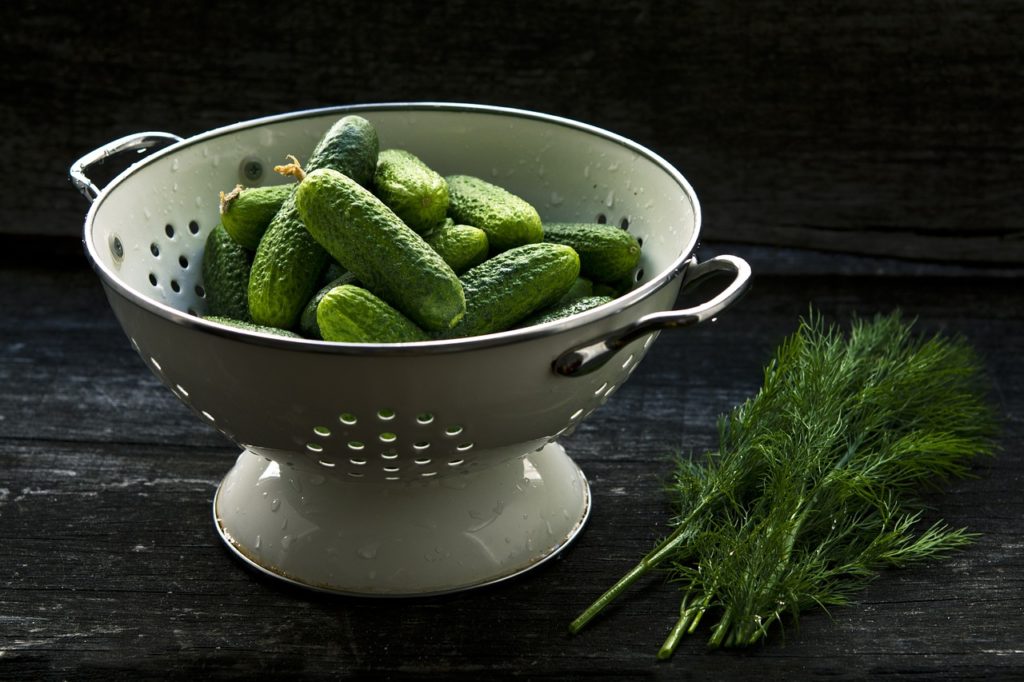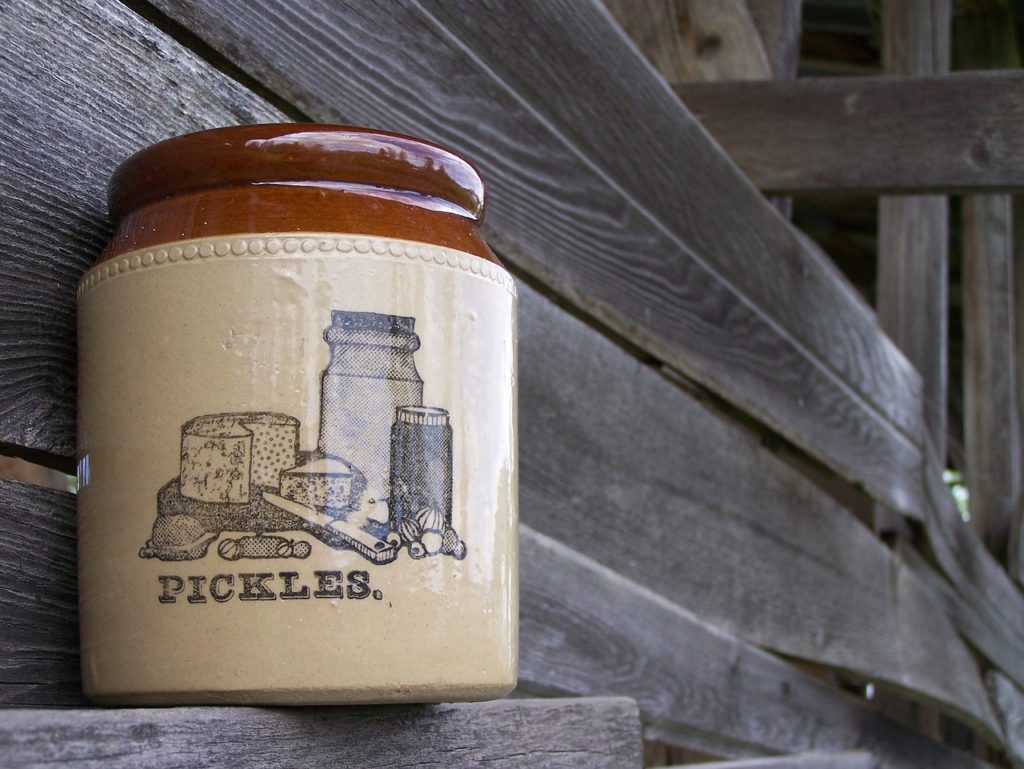The term Koji refers to grains, usually rice, that has been inoculated with a fungus called Aspergillus oryzae.
Koji is essential to the production of foods that are synonymous with japanese cooking and food production. The most recognisable product is soy sauce which is the result of fermentation of soya beans in brine with Aspergillus oryzae or Koji.
Not only soy sauce is made with Koji, there is also the following:
- Mirin
- Sake
- Miso Paste
- Pickled Vegetables
- Amazake
- Rice Vinegar
A lot of these fermented products are essential to east Asian cuisine and without the use of Koji or aspergillus oryzae we wouldn’t have these unique flavours that we all know and love.
How Is Koji Made
Koji is the term for rice, barley or soya that have had the mould, aspergillus oryzae added to them. The rice or soya bean are cooked before adding the aspergillus oryzae culture added to them.
The temperature of the mixture is then held at 80–95°F/27–35°C for around 40 – 50 hours. This incubation allows the mould to grow and break down the rice or soybeans using enzymes that are adept at breaking down starches and carbohydrates or proteins depending on the temperature of incubation.
After around 24 hours at incubation temperatures, the grains will have a sweet fragrance, a white dusty mould will have started forming in the grains. The growth of the mould is an exothermic process and the rice or soy will need to be monitored closely to ensure they don’t get too hot. Constant turning will ensure hotspots do not develop that could potentially kill the koji mould before it is finished.
Once the mould has grown to a suitable level and all the grains are dusted with the mould the incubation is halted and the koji is cooled to stop further growth.
How Is Koji Used?
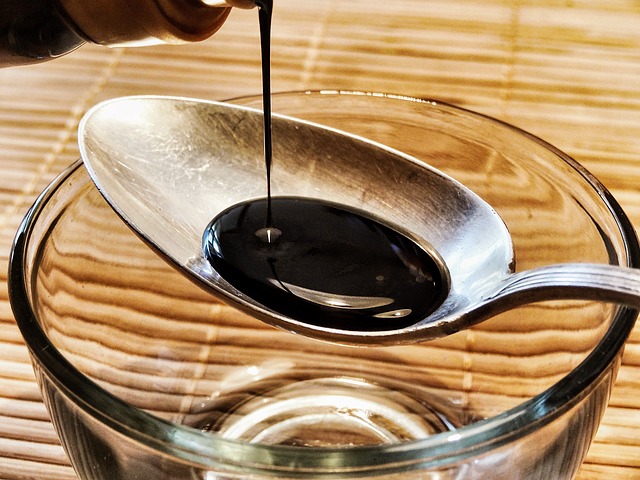
Koji is most commonly added to large amounts of soy or rice along with other ingredients like brine where further fermentation occurs. The koji along with a brine solution is added to soya beans for example. Over the course of many months and even years the koji culture breaks down the carbohydrates and starches in the soya bean and the resulting liquid is drawn off which is soy sauce.
Sake is made after rice is inoculated with Koji. The enzymes in the koji break down the starches in the rice converting them into simpler sugars. It is these sugars that are then fermented by adding yeast to create alcohol and the finished sake. Sake is really the result of two distinct types of mould used one after the other to turn rice into an alcoholic beverage.
Using Koji At Home
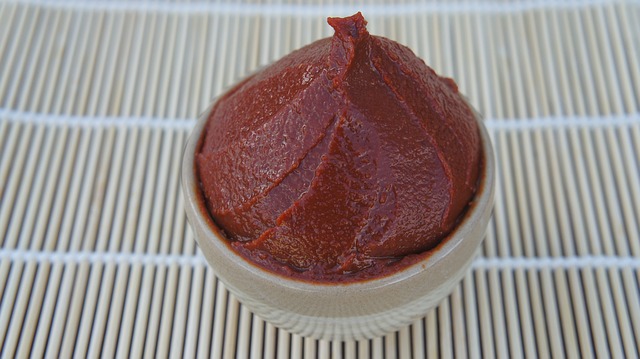
Koji rice or barley is available to buy at online retailers or can sometimes be found at home brew shops and can be used to make specialist ferments yourself. Miso paste (above) and amazake are good choices to start out with and get a feel for working with koji yourself.
